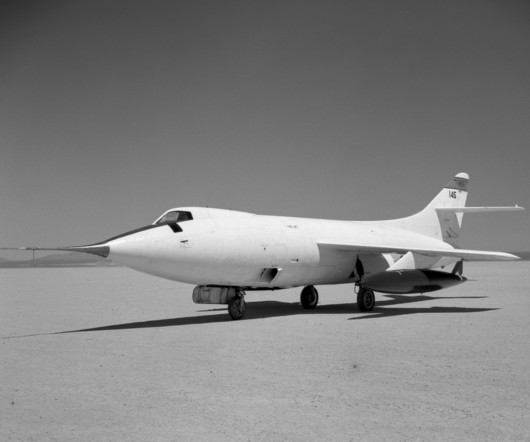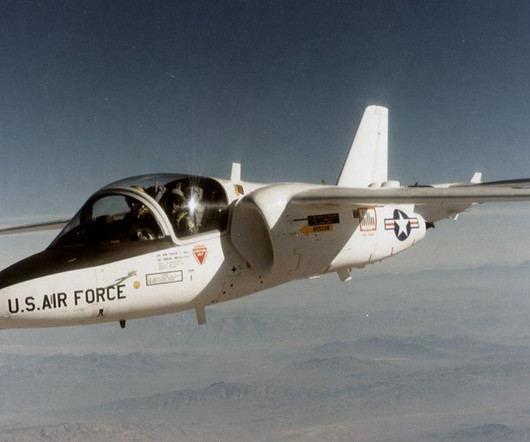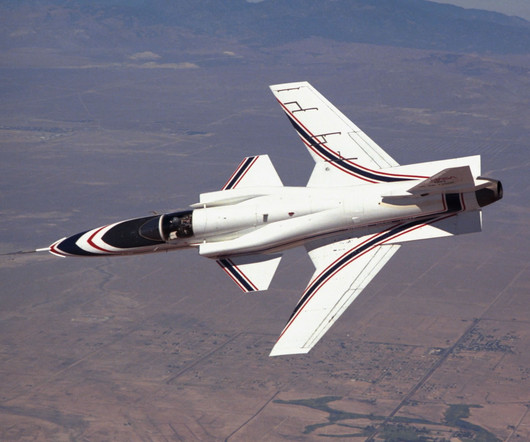Tailless Aircraft: How Airplanes Fly Without a Tail
Pilot Institute
JUNE 4, 2025
A tailless aircraft is a fixed-wing airplane without a horizontal stabilizing surface. With this type of aircraft, the functions of longitudinal stability and control are incorporated into the main wing. Directional (yawing) stability from the vertical stabilizer. What Is a Tailless Aircraft? Lets find out.
















Let's personalize your content